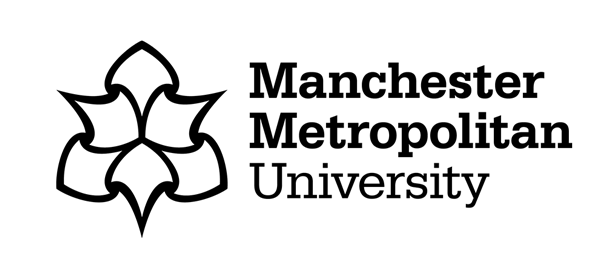
Historically, conservation has been undertaken using methods that can be seen as neo-colonial. For example, many national parks and conservation areas were designated via ‘land grabs’, fencing out communities that relied on this land and its resources for their livelihoods and cultural traditions. Past conservation actions used on continents such as Africa, recommended by researchers and conservationists from the Global North, tended to have a high failure rate that could be attributed to the perceived disregard for local communities. These actions were designed to protect endangered species and better local collaboration may have improved the success rates. After all, what is a genetically healthy population of a species if local people are not in support of their conservation?
My research project was initially a lab-based conservation genetics project. I received a Research Support Award last June to help fund this genetics work, which I have since begun. However, this work relies on local support from the countries in which my study species are found. Having been delayed in starting my lab work due to the pandemic, I turned to the question of how we can garner local support for conservation work, and how conservation can help local communities.
National parks and other similar areas are important to protect endangered species. They provide protection from poachers in the form of rangers; many are fenced and can be a safe area in which to breed, especially for prey animals such as zebra and antelope; they allow for active management of small populations to increase genetic health. However, by their nature, national parks are closed-off places. Many consist of a core zone, in which no human activity beyond limited research and conservation is allowed. This is surrounded by a buffer zone, in which local communities may harvest, farm and gather resources, albeit in a sometimes-restricted manner. This resolves to a point the historic methods of ‘land grabs’ of national park designation, although there is still some impingement on the rights and traditions of local communities. Many would argue, however, that this is not enough, that conservation action should actively improve the lives of local communities. A chapter of my thesis has been devoted to analysing the impact of conservation actions on local communities, using data gathered by the US Agency for International Development. Using these data, we can assess the impact our actions have in other countries and ensure that conservation works not just for endangered species, but for communities living within these conservation actions.
You can find out more about the Research Support Award and upcoming deadlines by visiting the PGR Development Moodle area.
Image credit: “Herds of animals in front of Mt. Kilimanjaro, Amboseli National Park, Kenya, East Africa” by diana_robinson is marked with CC BY-NC-ND 2.0. To view the terms, visit https://creativecommons.org/licenses/by-nd-nc/2.0/jp/?ref=openverse


